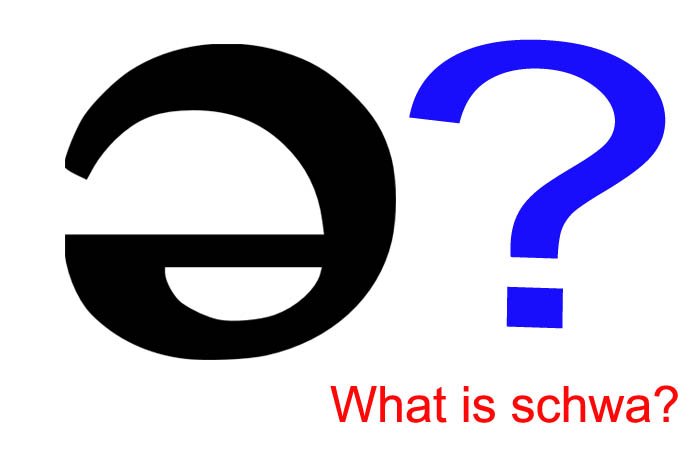In the age of websites, questions are raised over whether translating brochures into Spanish, and indeed other languages, is still necessary.
Here, we explain why it is still an essential part of marketing and look at the best practices of this type of translation.
The need for brochure translation
However well-designed, effective and multilingual a company website is, the need for brochure translation as a marketing and sales tool remains.
Well-designed and well-written brochures give an impression of the wealth and success of a company, building client confidence. Without one, there is a time delay between referring a client to your website and the client actually looking. This allows for the risk factor of the client not taking the time to actually do so, or being attracted by the competition. Handing over a marketing material in paper form or emailing it directly into an inbox means potential clients have something concrete to refer to without trawling a website.
Paper form is particular beneficial for those who process better on paper, who need to feel something, be able to handle it, flick back and forth. Staring at a screen simply doesn’t allow information to be processed in the same way. This type of person will likely write on a paper brochure, underline, highlight and basically ‘think on paper’.
Spanish brochure translation
Spanish brochure translation is particularly beneficial, given the status of the language both in the US and worldwide. One of the six official languages of the US, 17.6% of the population declares Spanish as their first language. With over 472 million native speakers throughout 21 countries worldwide, Spanish is currently the second most spoken language in the world. Producing unilingual sales tools will limit reach dramatically.
What to consider when translating a brochure into Spanish
Factors to consider with Spanish brochure translation include:
- Are you targeting a specific Spanish speaking audience or should neutral Spanish be used?
- In order to obtain an accurate quote, most translation agencies request to review the document. Unless the brochure was created with MS Word, a PDF version rather than the source file is usually preferred. If sending the entire file is not possible, a sizeable sample and the total word count will help the translation provider prepare the quote. Other information such as deadlines will also be necessary.
- Decide who will be doing the desktop publishing. A brochure is usually created with a DTP program such as Adobe InDesign and if you want it with same format as the source document, you will need to pay for the agency to carry out the DTP task and the source file will be needed for the translator. Even if it is done with MS Word, the format can still be complex, so ensure to confirm with the translation agency if the format is included in the final price. The other alternative is to send the file in Word format and assign the DTP task to a qualified member within your team.
- The translation should always be proofread. This can either be done by someone in your company, or the translation agency can assign a second translator do this. Also, consider asking the agency to review the final version once it is print-ready, if you are doing the DTP yourself.
- Consideration needs to be given to the design. A translation from English into Spanish will have 15-30 percent more text, potentially creating the need for a different layout. Features such as syllable separation, inverted exclamation and question marks, accents and the use of different characters such as ñ and ü all need to be considered.
Deciding to translate a brochure into Spanish means that you will be increasing the number of people reached, and in turn this will increase business for your company. Choosing the right translation agency and taking into consideration the above points will help you produce a professional Spanish brochure.
Do you need to translate a brochure? Contact Transpanish for a free quote!













